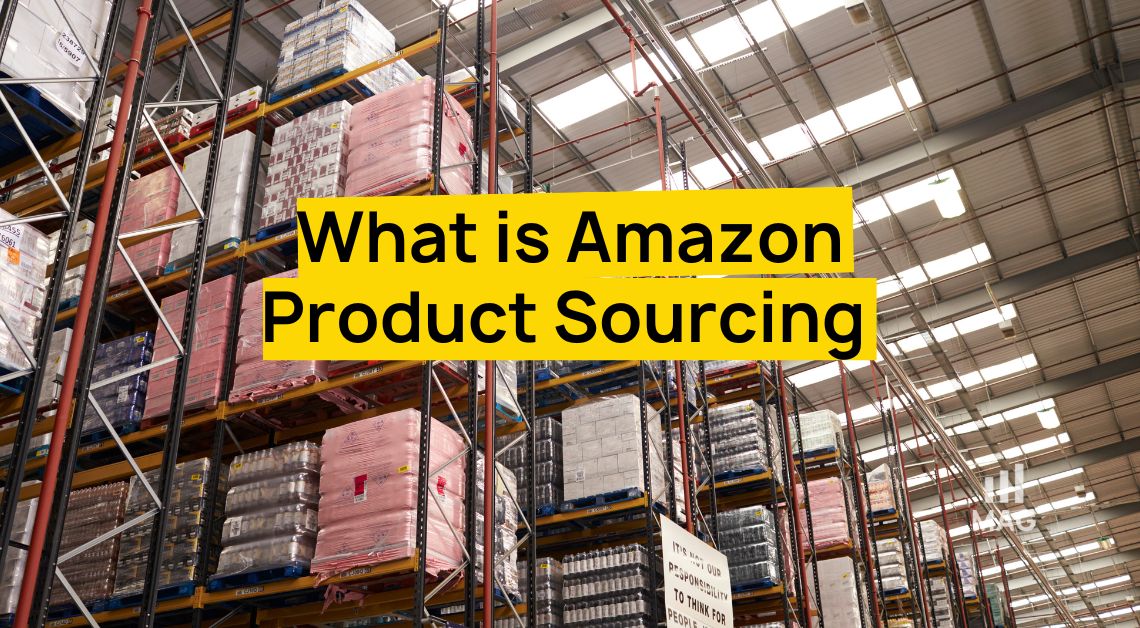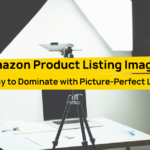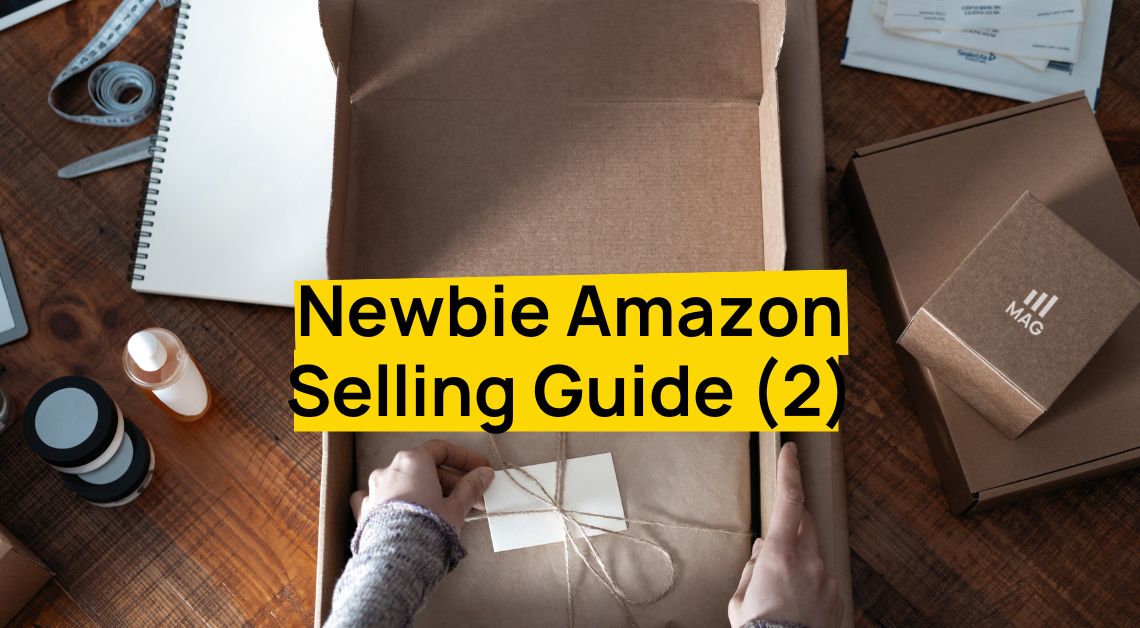Having a hard time with product research for your Amazon store? No need to worry; this guide will show you how to choose products to sell on Amazon!
Are you overwhelmed by endless product ideas and unsure which one will succeed on Amazon? You’re not alone. Choosing the right products to sell on Amazon is the foundation of your success as a seller.
This critical step can make or break your business, impacting everything from your visibility on the platform to your profitability. But with the right strategies, you can identify products that not only sell but thrive in the competitive Amazon marketplace.
This guide will equip you with the knowledge and tools to become a product research expert. So, read on!
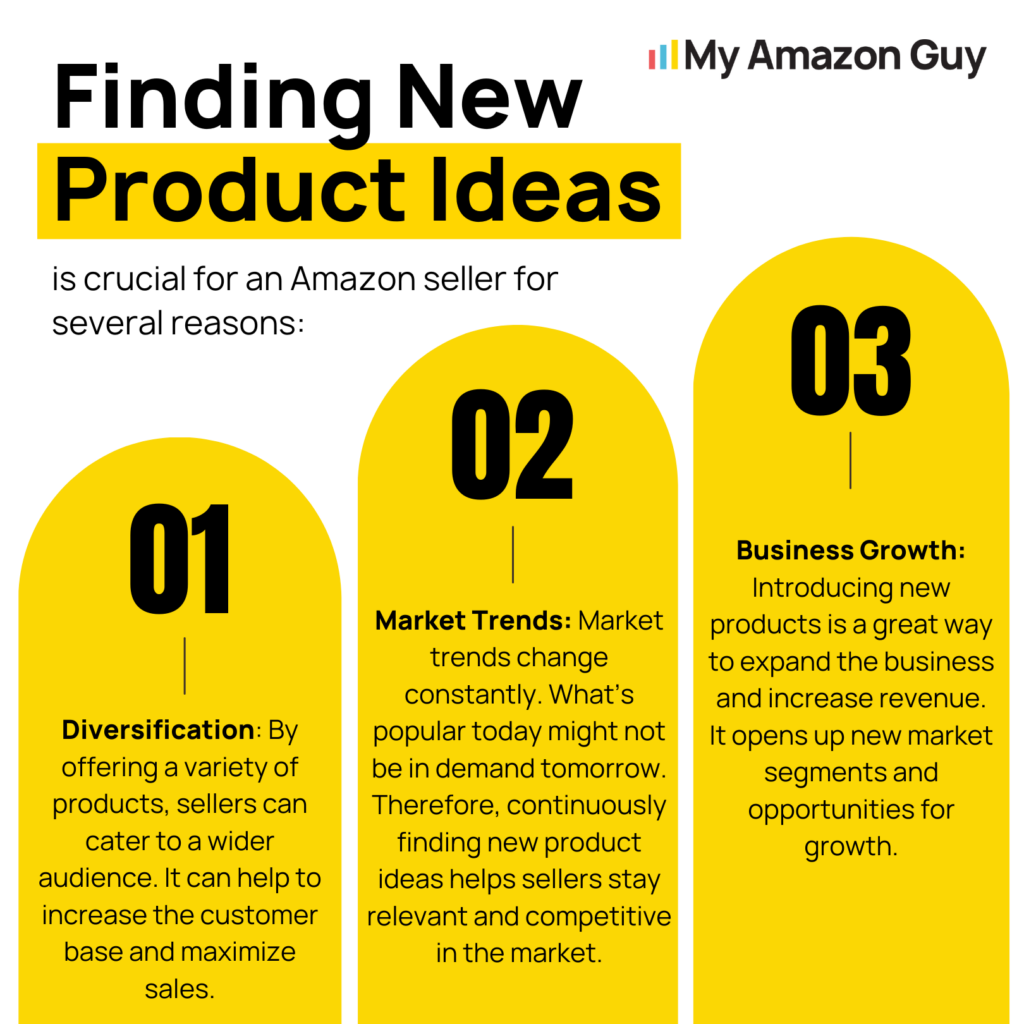
How to Do Amazon Product Research
Product research is the backbone of successful Amazon selling. It involves several key steps to ensure you are selecting products that will sell well and meet customer needs.
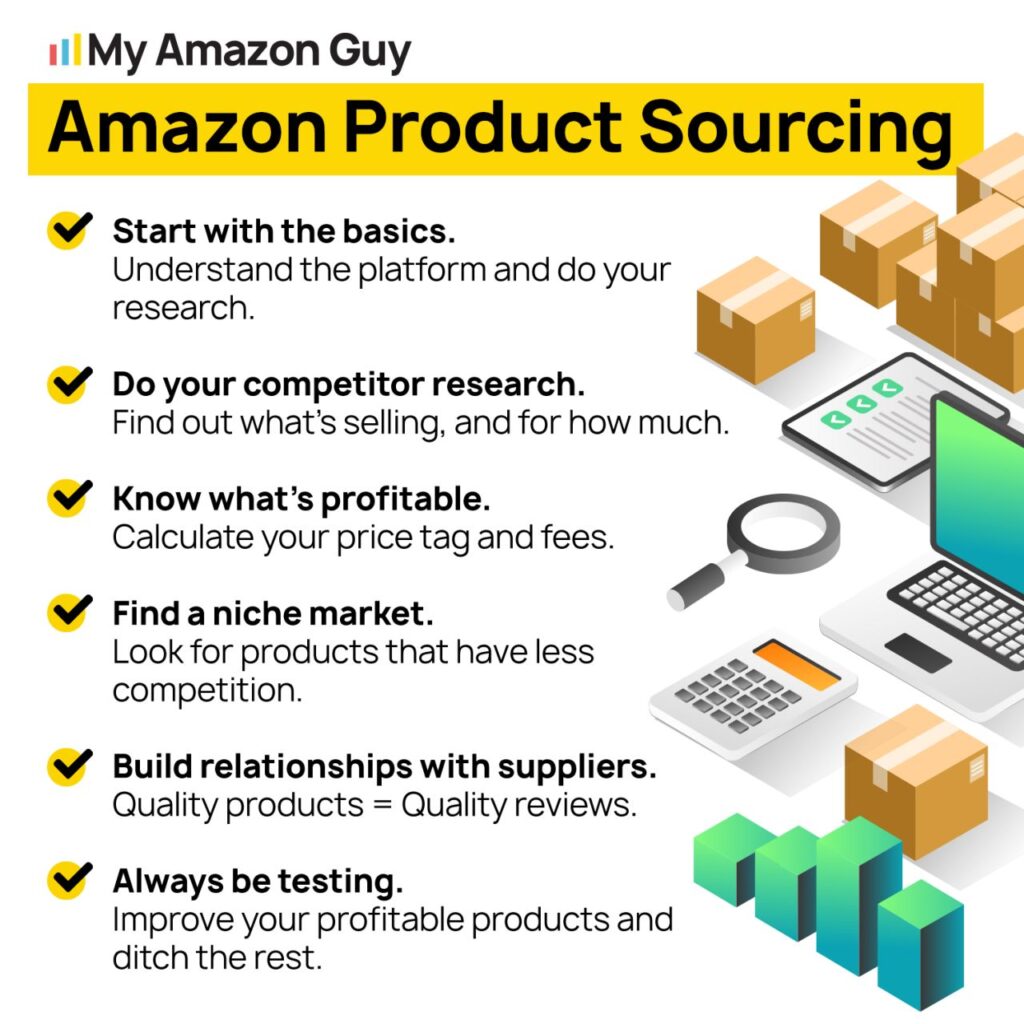
Define Your Goals
Before doing anything else, set clear goals for your product research. Are you seeking a niche with high profit margins, discovering hot-selling products, or expanding your existing product line?
Having a clear objective will guide your research and decision-making process.
Identify Product Categories
Once you set a goal, look into Amazon’s vast product categories. Remember, the sweet spot lies in categories with high demand and manageable competition.
Choosing the right one is critical, as it sets a precedent for the next steps in your research.
Use Amazon’s Best Sellers and Movers & Shakers
Amazon offers built-in goldmines – Best Sellers and Movers & Shakers, utilize them.
Best Sellers reveal top performers across categories, while Movers & Shakers showcase surging products. These insights can be your compass toward profitable picks.
Analyze Customer Reviews and Ratings
Don’t underestimate the power of reviews. Analyze them to know customer pain points, desired improvements, and features they love.
Feedback helps you identify opportunities to differentiate your product from the rest. It can also give you an idea of how to refine existing items that relate more to your customers.
Conduct Keyword Research
Identify keywords customers use to find products by using research tools or Amazon’s built-in search bar suggestions. Optimizing your listings with these keywords is key to ensuring your products appear prominently in customer searches.
Essentially, you’re speaking the language of your audience, boosting product discoverability.
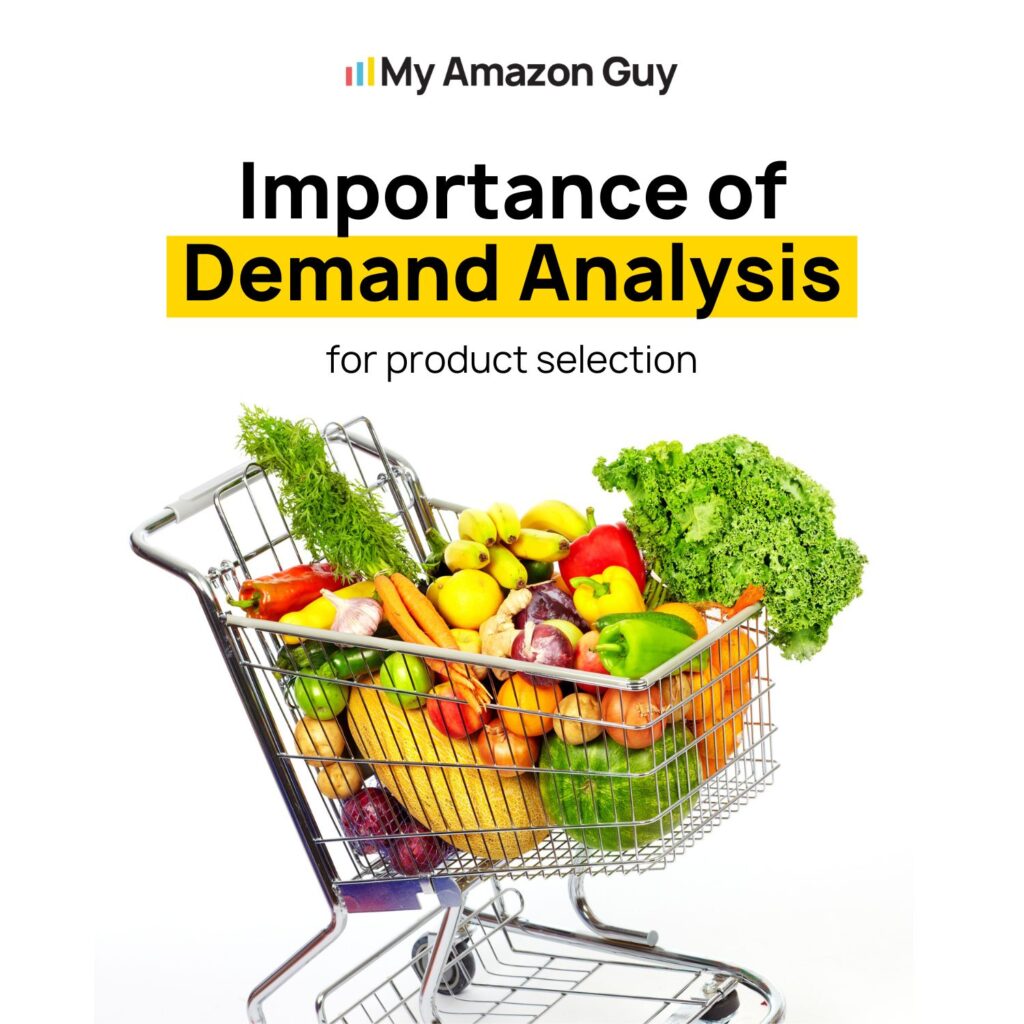
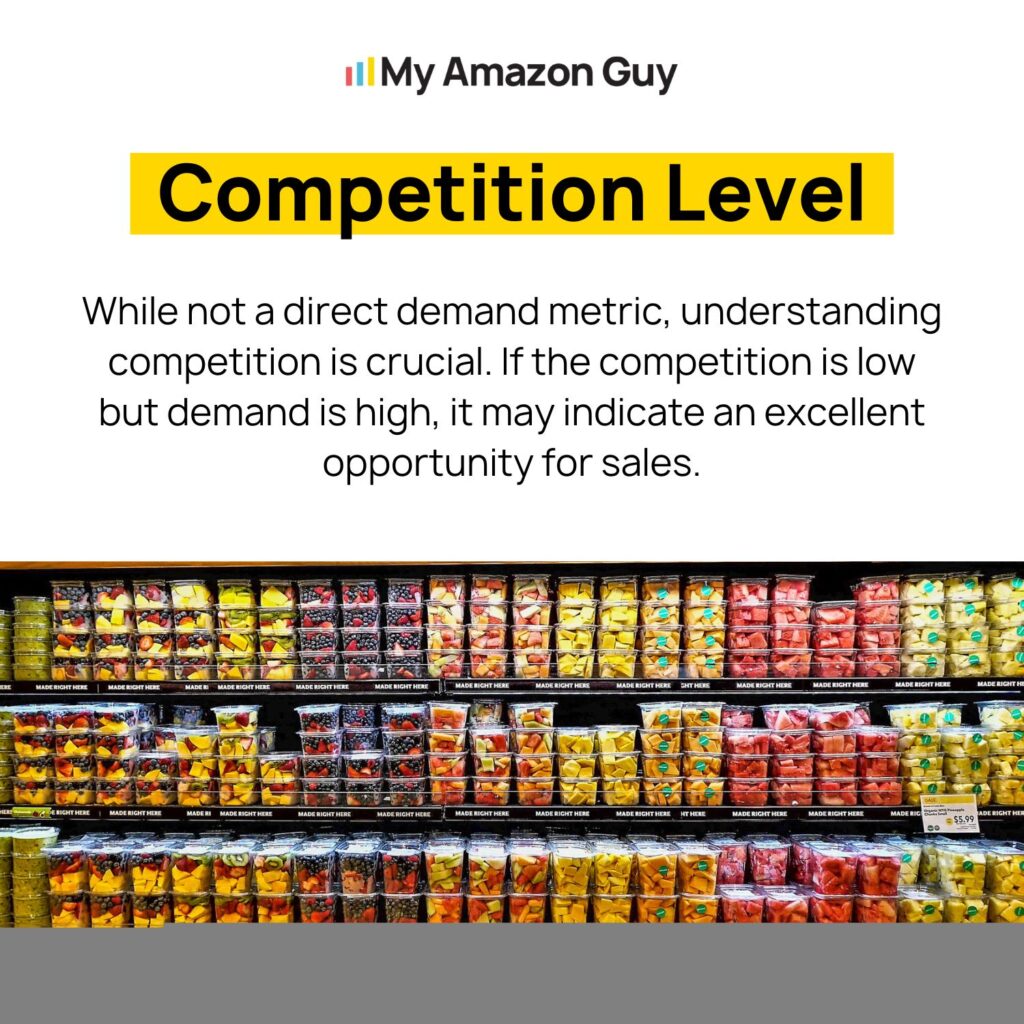
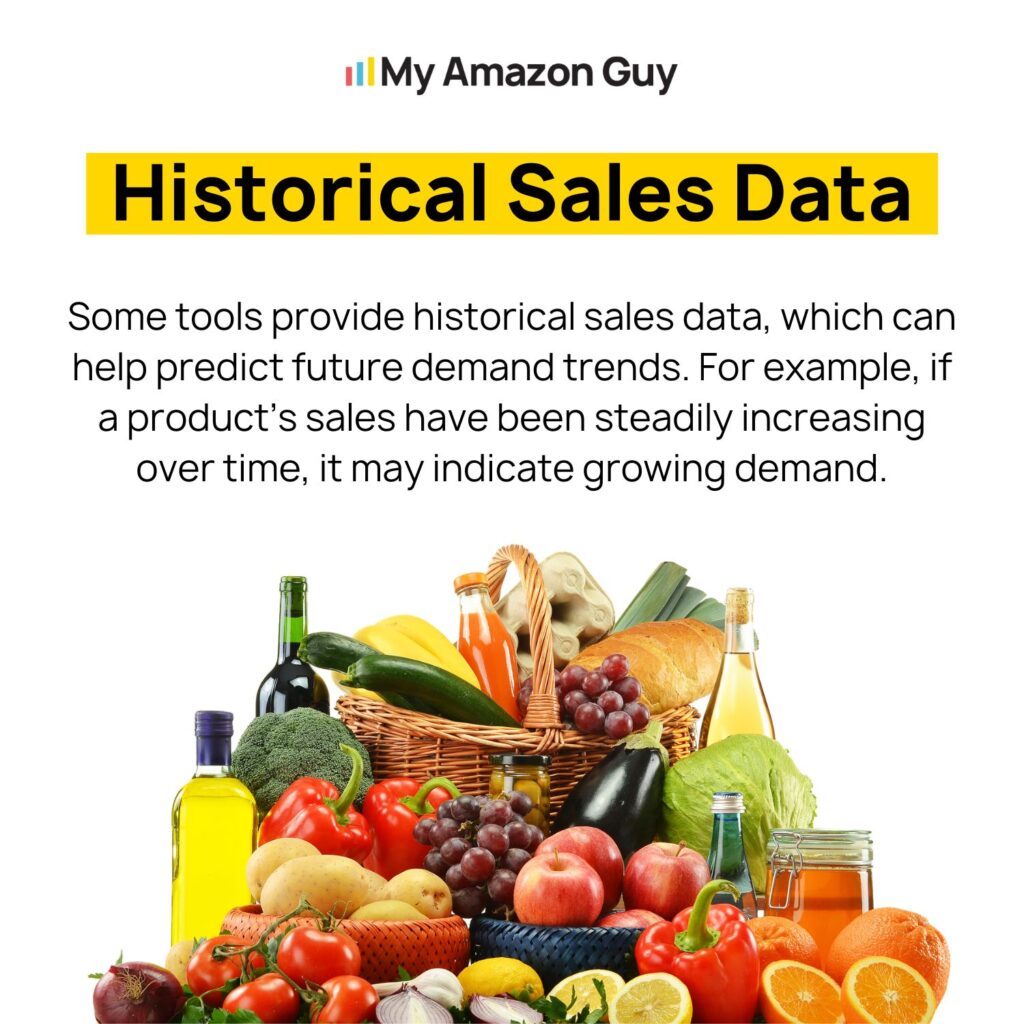
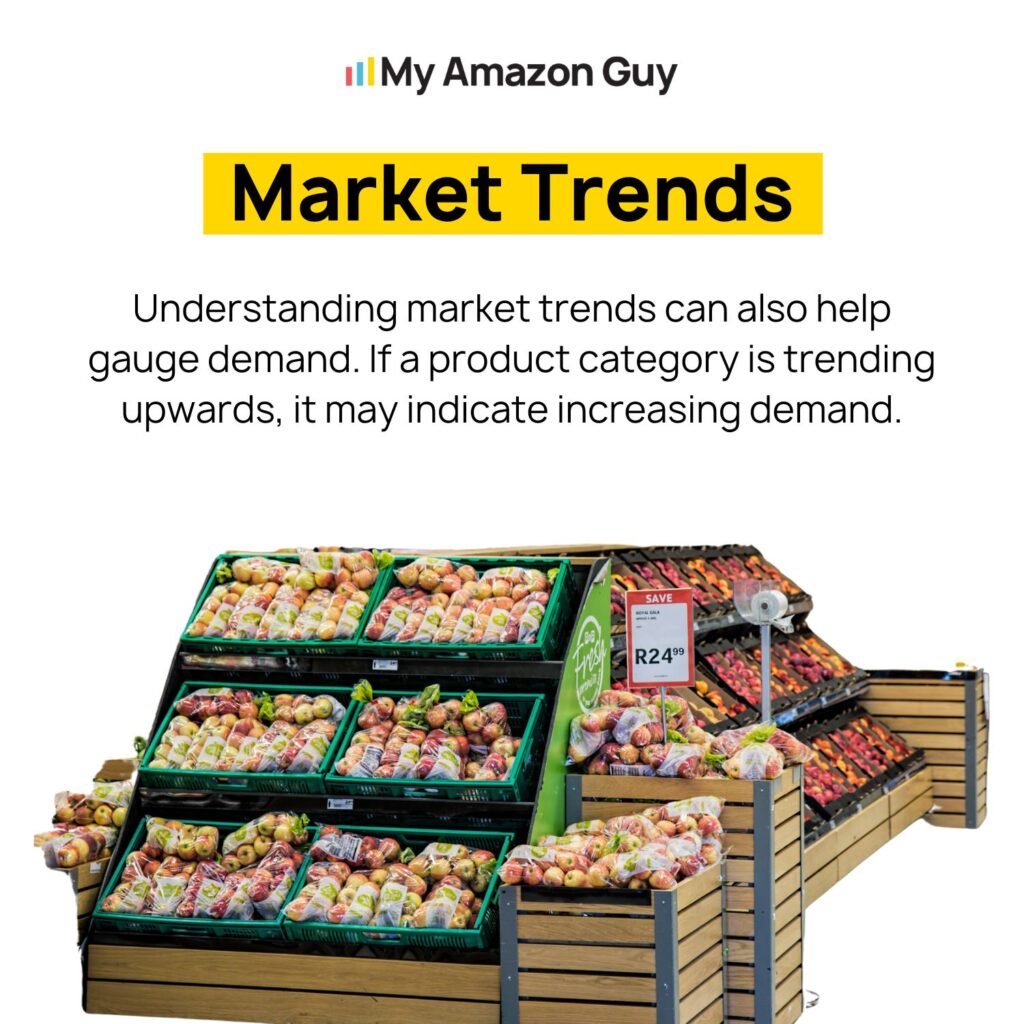


Analyze Competition
Don’t go in blind. Research your competitors’ products, pricing, features, and even customer reviews.
Look for gaps you can exploit by offering a unique selling proposition or creating a better product. Understanding your competition helps to strategically position your product more effectively.
Evaluate Demand and Competition
Use tools like Jungle Scout, Helium 10, or MerchantSpring to gather data on sales volume, competition levels, and market trends. This data is your compass, guiding you towards products with high demand and manageable competition.
Remember, the sweet spot lies in finding products that both sell well and have room for you to compete effectively.
Consider Sourcing and Logistics
Before you commit, evaluate how you’ll get your product. Consider manufacturing costs, shipping options, and fulfillment methods.
This step ensures you understand the financial side and logistical hurdles involved. Remember, efficient sourcing and logistics are the backbone of healthy profit margins.
With that, understanding fulfillment costs, particularly those associated with Amazon FBA (Fulfillment by Amazon), is crucial. FBA offers convenience, but its fees can significantly impact your profit margins.
Watch my video to learn more about FBA fees and how to calculate their impact on your potential profits:
Validate with a Test Order or Sample
Mitigate risk and make smarter choices by ordering a test batch or sample to assess the product’s quality and gauge potential customer reception. This mini-market test can save you time and resources by helping you refine your product before a full launch.
Make Data-Driven Decisions
After your research and analysis, utilize the data to make strategic product choices for your Amazon store. Consider factors like demand, competition, profitability, and alignment with your overall business goals.
Keep in mind that data is your secret weapon for achieving success in the Amazon marketplace.
Market Research Strategies to Find Top-Selling Items
Now that you’ve grasped the core product research process, let’s get into market research strategies to refine your research skills. This involves understanding the landscape of what’s already out there, what’s in demand, and where opportunities lie.
Understanding Demand vs. Competition
Knowing how to balance high demand and manageable competition is crucial. Here’s how to analyze both:
Demand
Look for products with consistent sales volume, positive customer reviews, and frequent appearances in Amazon’s “Best Sellers” or “Movers & Shakers” lists.
Tools like Jungle Scout or Helium 10 can provide valuable data on estimated sales volume.
Competition
Analyze the number of sellers for a product, their pricing strategies, product features, and customer reviews.
Look for gaps you can exploit by offering a unique selling proposition or a better product altogether.
Analyzing Trends and Seasonality
Not all products are created equal. Consider these factors:
- Trends: Identify rising trends using Google Trends or social media platforms. Look for products that capitalize on current consumer interests.
- Seasonality: Some products experience sales fluctuations throughout the year. Consider factors like holidays, weather patterns, or back-to-school seasons that might affect demand.
Tools for Effective Market Research
Why do everything manually on your own? Several tools are designed to help sellers with their product research; use them.
Amazon Product Opportunity Explorer
Amazon Product Opportunity Seller is a free tool that helps identify potential product opportunities based on search terms and estimated demand.
You can find it by hovering over Growth in the main menu of Amazon Seller Central and then selecting Product Opportunity Explorer.
Third-Party Tools
- Helium 10: Offers comprehensive market research features, including keyword research, competitor analysis, and product profitability estimates.
- MerchantSpring: Provides market research features alongside tools for product sourcing and supplier management.
- Jungle Scout: Offers in-depth sales data, competitor tracking, and listing optimization tools.
Utilize a combination of free and paid tools to gather comprehensive data and make informed decisions.
Popular Product Categories on Amazon
While in-depth product research is crucial, understanding some of the consistently performing categories on Amazon can jumpstart your search.
Here’s an overview of some trending categories:
Beauty & Personal Care
This vast category encompasses cosmetics, skincare, haircare, and other personal care items. Look for trends in organic ingredients, natural formulations, and products that address specific concerns.
Consider private label options and bundling complementary items.
Home & Kitchen
Products that improve convenience and functionality in the kitchen are in high demand. Find innovative solutions, target small spaces, or cater to eco-friendly trends.
Consider offering appliance care packages or kitchen appliance sets for convenience.
Baby
Parents are always on the lookout for high-quality products for their little ones. Consider baby clothing, toys, feeding accessories, and safety gear.
However, be mindful of the regulations and safety certifications required for these products. Focus on organic/eco-friendly products, specialize in twins, or offer unique designs.
Prioritize safety certifications and exceptional customer service.
Toys & Games
The toy industry is constantly changing. Identify trending styles, cater to specific hobbies, and bundle frequently used supplies.
Prioritize educational toys, specific age groups, and safety certifications. Look into the potential of creating your own unique toy concept.
Electronics
Consumers are constantly seeking the latest tech innovations. Identify a niche market within electronics (e.g., smart home devices, gaming accessories).
Offer exceptional customer support and provide accurate product information.
Fashion, Accessories, & Jewelry
This category offers a wide range of possibilities, but competition can be fierce. Focus on a niche market with limited competition (e.g., plus-size clothing, sustainable fashion).
Offer high-quality products with excellent photography and detailed descriptions. Utilize social media marketing to build brand awareness.
For a deeper dive into best-selling categories, check out Learn What to Sell on Amazon FBA | 2024 Product Research Guide.
Avoiding Restricted and Risky Products
Knowing how to find the right products to sell is crucial on Amazon but it’s equally important to understand what products you can’t or shouldn’t sell.
Selling restricted or risky products can lead to account suspension, financial penalties, and even legal issues.
Here’s what you need to know:
Understanding Amazon’s Product Restrictions and Guidelines
Amazon has strict guidelines about what can and cannot be sold on its platform. These restrictions are in place to protect both consumers and sellers.
Restricted Products
These require approval from Amazon before you can sell them. This often involves additional documentation like licenses or certifications.
Examples include cosmetics, certain food items, and electronics.
Prohibited Products
These items are strictly forbidden on Amazon. Selling them can lead to severe consequences, including account suspension and legal action.
This includes illegal and dangerous goods (firearms, ammunition, explosives), drugs and paraphernalia, counterfeit products, offensive and controversial content, and human parts or remains.
Tip: For more information about product eligibility, check the Amazon guidelines and Learn About Amazon Product Eligibility.
Identifying Products Prone to Returns and Refunds
High return rates can hurt your business on Amazon. While you can’t control whether a customer returns an item, you can choose products less likely to be returned.
Here are some factors to consider:
Product Category
Certain categories, like clothing and shoes, naturally have higher return rates due to fit issues.
Product Quality
Focus on selling high-quality products that meet customer expectations. Lower-quality products are more likely to be returned due to defects or damage.
Customer Reviews
Read customer reviews of similar products to identify common complaints. Use this information to improve your own product offering and address potential issues.
Product Descriptions and Images
Ensure your product listings provide accurate descriptions, clear images, and realistic expectations. Misleading information can lead to customer dissatisfaction and returns.
Make Your Way to Success with the Power of Research
Forget endless product ideas with no guarantee of success. This guide equips you with the knowledge and tools to become a product research expert on Amazon.
Ready to take your research to the next level? Partner with our Amazon agency and get a team of specialists in your corner. We’ll help you identify profitable opportunities, learn about Amazon’s regulations, and find your winning product.


